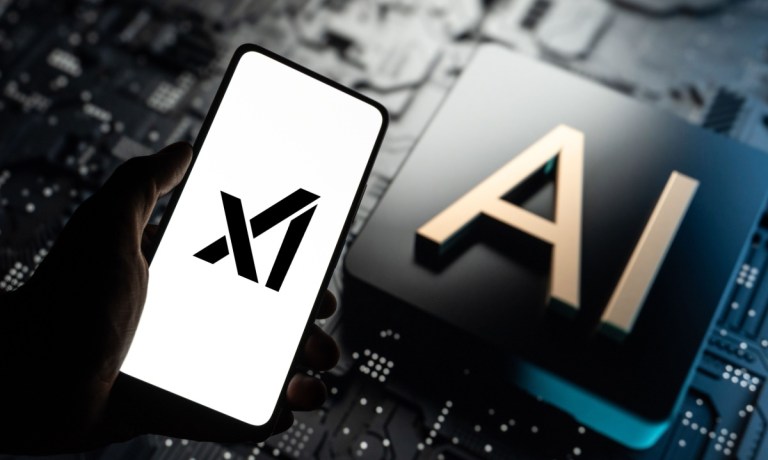
Elon Musk’s artificial intelligence startup xAI launched its Colossus 100k H100 training cluster over the weekend.
“Colossus is the most powerful AI training system in the world,” Musk said in a post on social platform X. “Moreover, it will double in size to 200k (50k H200s) in a few months.”
This weekend, the @xAI team brought our Colossus 100k H100 training cluster online. From start to finish, it was done in 122 days.
Colossus is the most powerful AI training system in the world. Moreover, it will double in size to 200k (50k H200s) in a few months.
Excellent…
— Elon Musk (@elonmusk) September 2, 2024
Musk thanked the xAI team, Nvidia and xAI’s many partners and suppliers in the post.
The H200 is an Nvidia GPU designed to accelerate generative AI and large language models, according to the chip maker’s website.
In a repost of Musk’s post, Nvidia Data Center said on X that xAI’s Colossus is “the world’s largest GPU #supercomputer” and it came online “in record time.”
“Colossus is powered by @nvidia’s #acceleratedcomputing platform, delivering breakthrough performance with exceptional gains in #energyefficiency,” the company added in its post.
Exciting to see Colossus, the world’s largest GPU #supercomputer, come online in record time. Colossus is powered by @nvidia‘s #acceleratedcomputing platform, delivering breakthrough performance with exceptional gains in #energyefficiency.
Congratulations to the entire team! https://t.co/UXHtPCELly
— NVIDIA Data Center (@NVIDIADC) September 2, 2024
The news came about three months after xAI raised $6 billion in a Series B funding round, saying it would use the money to take its first products to market, build advanced infrastructure and accelerate its research and development.
When announcing the round May 27, xAI said that in the time that since Musk announced the formation of the company in July 2023, it had launched its AI chatbot Grok-1, the Grok-1.5 model with long context capability, the Grok-1.5v model with image understanding, and the open-source release of Grok-1.
“XAI will continue on this steep trajectory of progress over the coming months, with multiple exciting technology updates and products soon to be announced,” the company said at the time.
Musk launched xAI after hinting for months that he wanted to build an alternative to OpenAI’s AI-powered chatbot, ChatGPT. He was involved in the creation of that company but left its board in 2018 and became increasingly critical of OpenAI and cautious about developments around AI in general.
During xAI’s July 2023 Twitter Spaces introduction to the general public, Musk said that while he sees xAI in direct competition with larger businesses and upstarts in the AI space, his firm would take a different approach to establishing its foundation model.
While “xAI is not trying to solve [artificial general intelligence] on a laptop, [and] there will be heavy compute,” his team will have free reign to explore ideas other than scaling up the foundational model’s data parameters.
For all PYMNTS AI coverage, subscribe to the daily AI Newsletter.